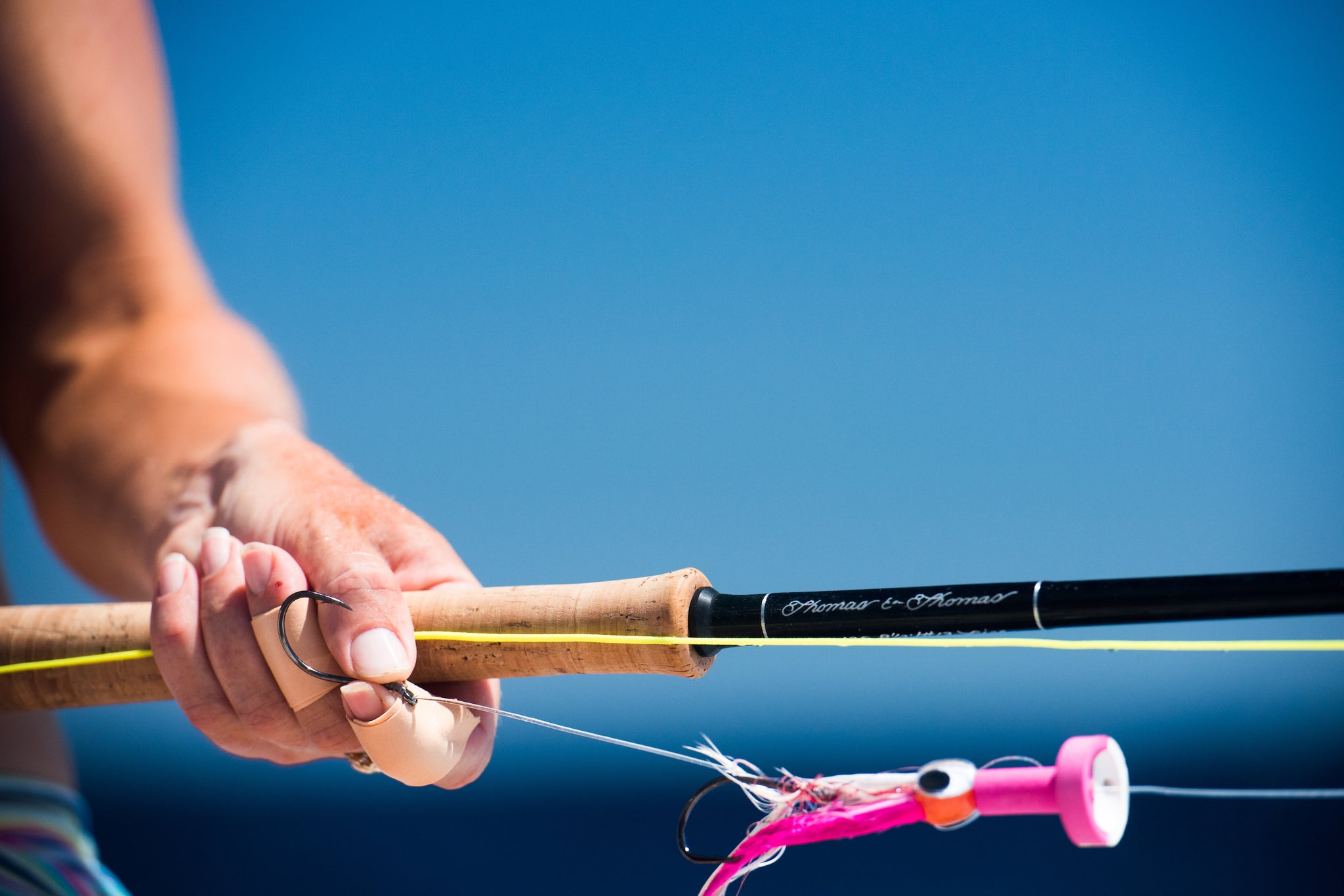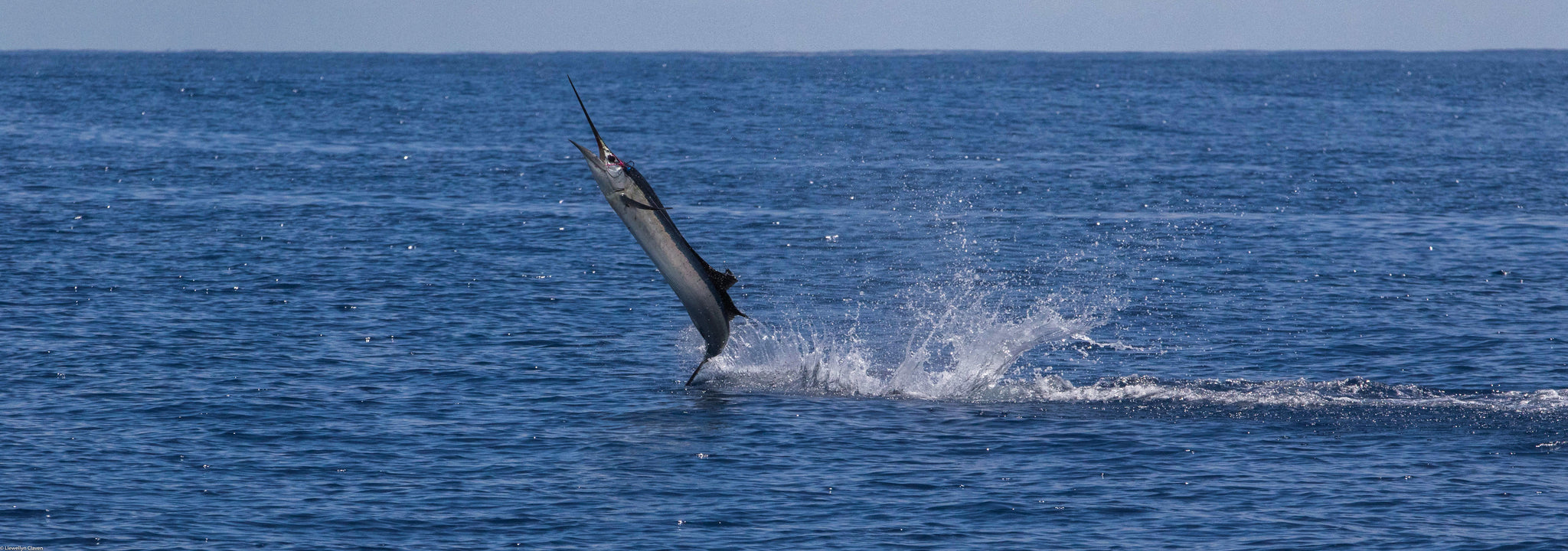Over the past decade, the sport of fly fishing has seen an explosion regarding the amount of new and diverse species that are being targeted on the fly. Billfish have been a favorite among conventional tackle anglers for decades. These deep-sea giants are a true gamefish built to test equipment and the anglers who pursue them.
The barrier of chasing fish like these on the fly has been demolished, and now more than ever anglers are jumping at the chance to pursue these goliaths on the fly. Like all species, it's up to us to protect and manage this fishery in a responsible manner that will allow us to chase these creatures for years to come. Guest blogger Brian Beaton has shared a legal update with us pertaining to the protection of these beautiful ocean predators.

On October 5, 2018, President Trump signed an amendment to the Billfish Conservation Act (Amendment) into law. Lauded by groups including the International Game Fish Association, the Amendment closed a loophole in the Billfish Conservation Act and will further prevent the importation of billfish to the United States mainland. In doing so, the Amendment should result in greater protection of global billfish populations.
(Better protected populations results in more recreational fishing opportunities for us!)
Congress passed the Billfish Conservation Act in 2012 in response to declines in billfish populations due in part to the retention of bycatch by foreign commercial fishing fleets. The Billfish Conservation Act prevents the sale of billfish. It also prevents the custody, control, or possession of billfish for purposes of a sale. Within the Billfish Conservation Act, Congress defined “billfish” to include the following: blue marlin, black marlin, striped marlin, white marlin, sailfish, shortbill spearfish, roundscale spearfish, Mediterranean spearfish, and longbill spearfish. Congress, however, did not include swordfish in this definition.

The Billfish Conservation Act also contains two exemptions from the ban. The first is for billfish caught by U.S. fishing vessels and landed and retained in Hawaii or Pacific Insular Areas (which are defined in the Magnuson-Stevens Fishery Conservation Management Act). The second is for billfish landed by foreign vessels in the Pacific Insular Areas and exported to foreign markets or retained within Hawaii and the Pacific Insular Areas for local consumption.

The Amendment modified the first exception by adding a requirement that billfish caught by U.S. vessels and landed in Hawaii or Pacific Insular Areas be retained there. With this change, Congress prevented billfish caught in Hawaii or the Pacific Insular Areas from being shipped to the continental United States. By preventing avenues for sale and eliminating this market, the Amendment further removes economic incentives for the catching of billfish. As a result, the Amendment should serve as a significant boost to the conservation of billfish.

Author Bio: Brian Beaton is a friend of T&T who shares our love of fishing and conservation. In addition to being a passionate angler, he is a lawyer and writer who periodically shares interesting conservation-related topics with us.